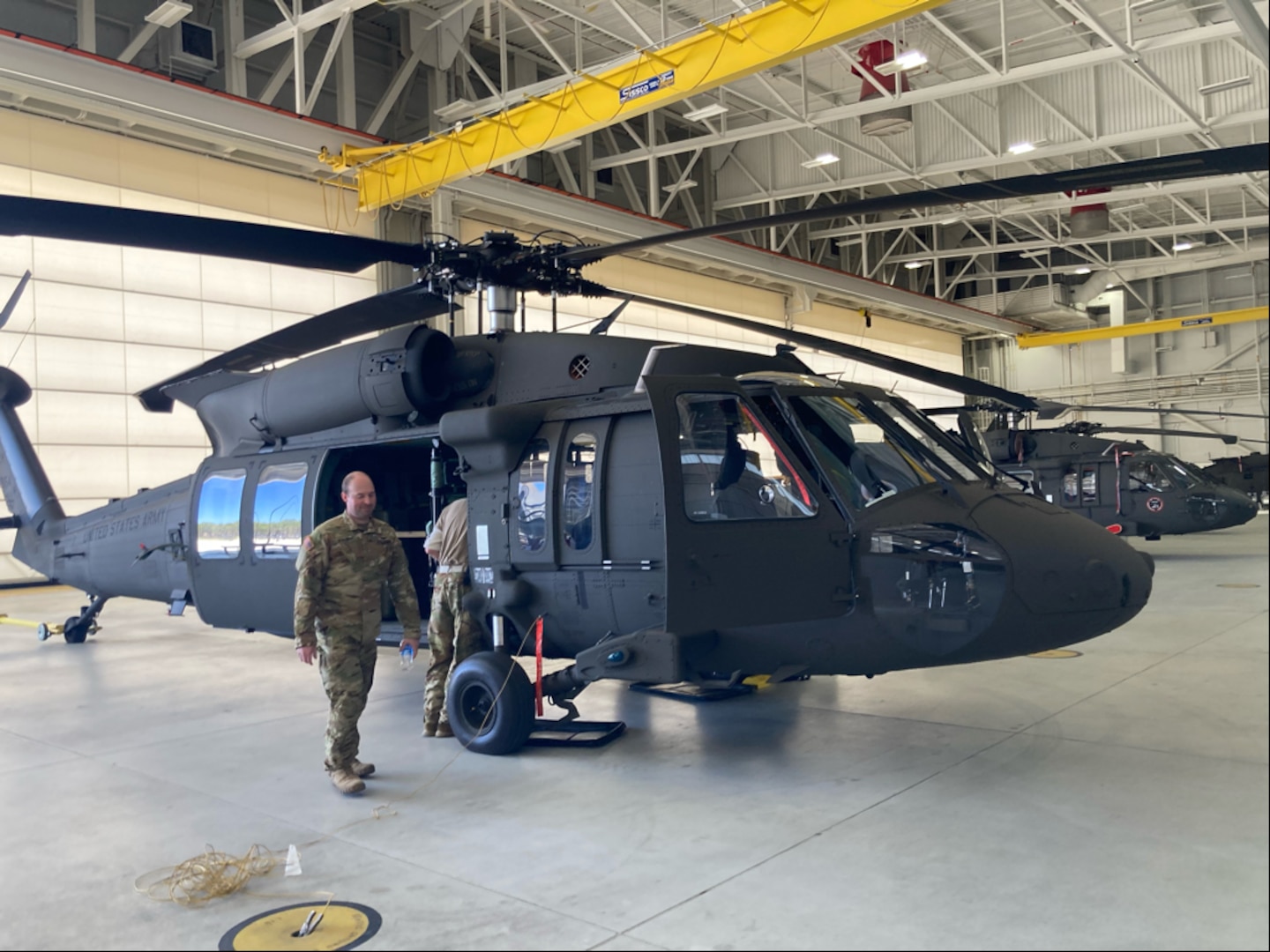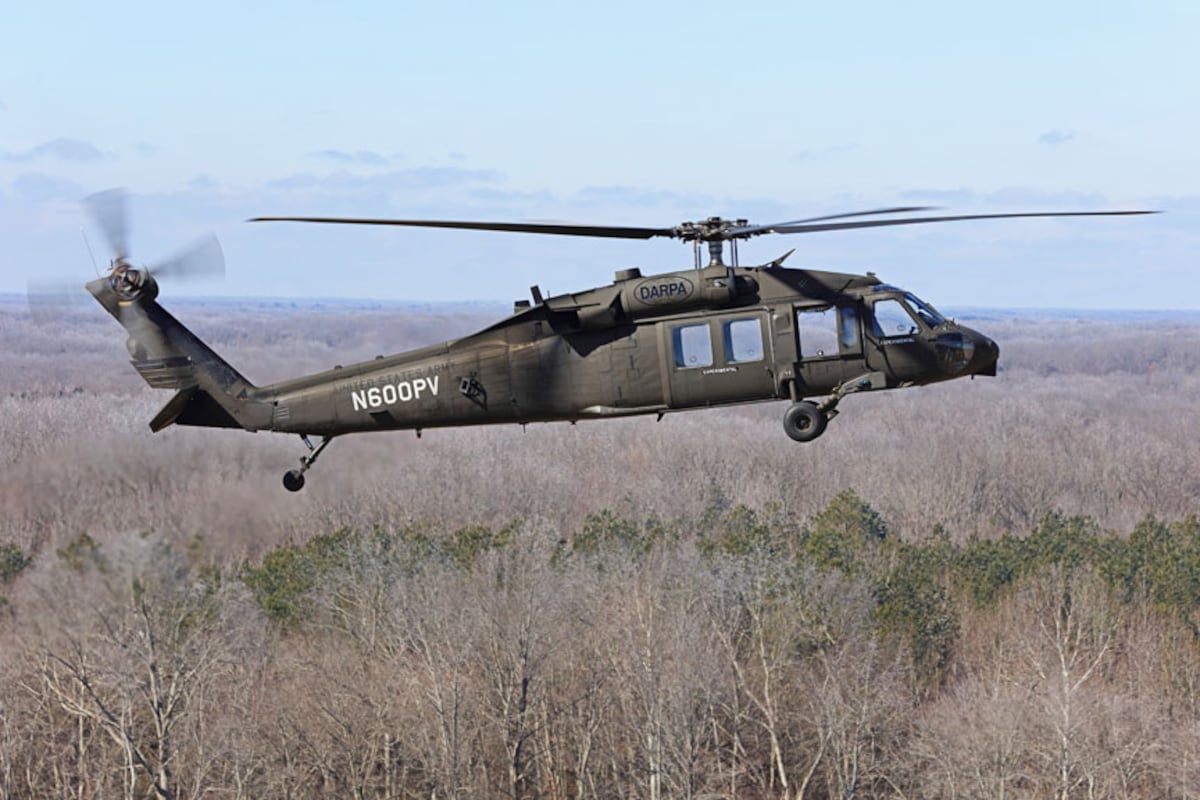Revealing the Power and Convenience of the Blackhawk Helicopter
The Blackhawk helicopter stands as a testimony to design excellence and military development, significantly shaping the landscape of modern-day aerial operations. As we discover its history and operational capabilities, one have to take into consideration just how the Blackhawk continues to influence modern combat strategies and altruistic initiatives alike.
Background of the Blackhawk
The background of the Blackhawk helicopter is noted by considerable technical advancements and a tactical advancement in armed forces aeronautics. Established in the late 1960s by Sikorsky Aircraft, the UH-60 Blackhawk was initially developed to replace the older UH-1 Iroquois, frequently referred to as the "Huey." The Blackhawk's initial flight happened in 1974, and it was officially presented to the U.S. Military in 1979.


This aircraft was developed to fulfill the requiring needs of contemporary war, focusing on flexibility, longevity, and rate (Blackhawk Helicopter). Its capability to operate in various settings, combined with sophisticated avionics and design attributes, rapidly established the Blackhawk as a crucial property for armed forces operations worldwide
Throughout the 1980s and 1990s, the Blackhawk saw comprehensive use in various problems, consisting of the Gulf Battle and humanitarian goals. The helicopter's adaptability enabled it to serve multiple duties, from troop transport to medevac and logistical assistance. As technology developed, so did the Blackhawk, leading to many variations that provided to specific goal needs. Today, the Blackhawk stays a legendary sign of army aviation, constantly fine-tuned to fulfill modern obstacles.
Secret Functions and Requirements
Blackhawk helicopters are renowned for their engineering quality and functional versatility, boasting a series of crucial attributes and specs that boost their effectiveness in various military duties. One of the most significant features is their dual-engine configuration, commonly powered by the T700-GE-701C engines, which give extraordinary dependability and efficiency. The helicopter has a maximum cruise ship speed of around 150 knots and a solution ceiling of around 20,000 feet, enabling it to run efficiently in varied environments.
The Blackhawk's airframe is constructed from sophisticated composite products and aluminum alloys, making certain a durable structure while minimizing weight. It features a totally verbalized rotor system that gives remarkable agility and stability. The helicopter can accommodate as much as 11 battle soldiers or bring as much as 8,000 pounds of exterior freight, making it very adaptable for various missions.
Furthermore, the Blackhawk is furnished with advanced avionics and interaction systems, enhancing situational recognition and objective sychronisation. Its ability to operate in unfavorable weather, integrated with its reduced acoustic signature, makes it a sneaky choice for tactical procedures. Generally, these functions add to the Blackhawk's online reputation as a foundation of modern-day armed forces aeronautics.
Versatile Operational Responsibilities
Prominent for their engineering excellence and advanced capabilities, Blackhawk helicopters offer a wide variety of functional roles within army structures. Originally designed for troop transportation, their adaptability has broadened, permitting them to do various objectives efficiently.
One of the key duties of the Blackhawk is as an energy helicopter, facilitating logistical assistance by delivering materials and employees to and from remote areas. Additionally, they master clinical evacuation (MEDEVAC) operations, outfitted with advanced medical devices and employees to offer essential care in the field.
In fight scenarios, Blackhawks can operate as armed companion platforms, sustaining ground pressures by engaging opponent properties while making sure army security. Their ability for special procedures makes them vital; they can conduct reconnaissance missions, workers recuperation, and direct action raids, commonly in high-threat environments.
Additionally, the Blackhawk's versatility enables it to support humanitarian missions and calamity feedback efforts, supplying aid and vital solutions in times of situation. This broad range of functional functions demonstrates the Blackhawk helicopter's unrivaled versatility, reaffirming its standing as an essential property in modern-day army operations worldwide.
Technological Innovations
Countless technical developments add to the Blackhawk helicopter's exceptional efficiency and versatility in diverse functional atmospheres. Among the most substantial innovations is its composite rotor blades, which improve lift and ability to move while lowering weight and maintenance demands. The blades system uses advanced products that bolster toughness and withstand ecological degradation, guaranteeing dependable procedure in extreme conditions.
In Addition, the Blackhawk is furnished with a state-of-the-art avionics collection that integrates advanced navigating and communication systems - Blackhawk Helicopter. This consists of GPS, radar, and multi-function screens that assist in real-time situational awareness for pilots, adding to objective success under challenging scenarios
Additionally, the helicopter's fly-by-wire control system permits exact handling and enhanced responsiveness, offering pilots with boosted control during complex maneuvers. The incorporation of sophisticated engine modern technology, such Blackhawk Helicopter as the T700-GE-701C engine, further enhances efficiency, supplying increased power outcome and fuel efficiency.
Last but not least, modular design principles enable quick reconfiguration for various objectives, from troop transport to medical emptying, making the Blackhawk a versatile asset in armed forces and humanitarian procedures. These technical advancements jointly make certain that the Blackhawk continues to be a formidable visibility in the skies.
Effect On Modern War

Furnished with sophisticated avionics and communication systems, the Blackhawk allows smooth coordination amongst ground and air devices, making sure prompt and accurate reaction to vibrant combat circumstances. Its convenience allows for quick deployment in diverse settings, from urban setups to rugged surfaces, reflecting the diverse nature of modern warfare.
Furthermore, the Blackhawk's remarkable rate and dexterity assist in quick insertion and removal of employees, minimizing exposure to opponent fire. Its capacity to run in aggressive conditions, coupled with advanced protective measures, enhances survivability and mission success prices.
As modern-day problems progressively rely on joint operations and fast response, the Blackhawk helicopter stays at the leading edge of military technique, embodying the advancement of air flexibility and the vital function of air power in achieving strategic purposes. Its effect on contemporary warfare remains to redefine the capabilities of militaries worldwide.

Verdict
To conclude, the Blackhawk helicopter exhibits the intersection of innovative engineering and functional versatility, solidifying its condition as a keystone of modern-day military aeronautics. Its historic value, amazing features, and flexibility across different goal profiles underscore its vital duty in modern warfare. As technical technologies proceed to improve its capabilities, the Blackhawk remains a necessary possession for armed pressures globally, showing unequaled performance in both combat and altruistic operations.
The Blackhawk helicopter stands as a testament to design excellence and armed forces development, dramatically forming the landscape of modern aerial operations.The history of the Blackhawk helicopter is marked by considerable technical advancements and a tactical advancement in armed forces aviation.Blackhawk helicopters are renowned for their design quality and operational view convenience, flaunting a variety of essential features and specifications that enhance their effectiveness in different armed forces functions.Various technological technologies add to the Blackhawk helicopter's phenomenal efficiency and adaptability in varied operational atmospheres.In verdict, the Blackhawk helicopter exemplifies the crossway of sophisticated design and functional adaptability, solidifying its status as a foundation of contemporary military aeronautics.